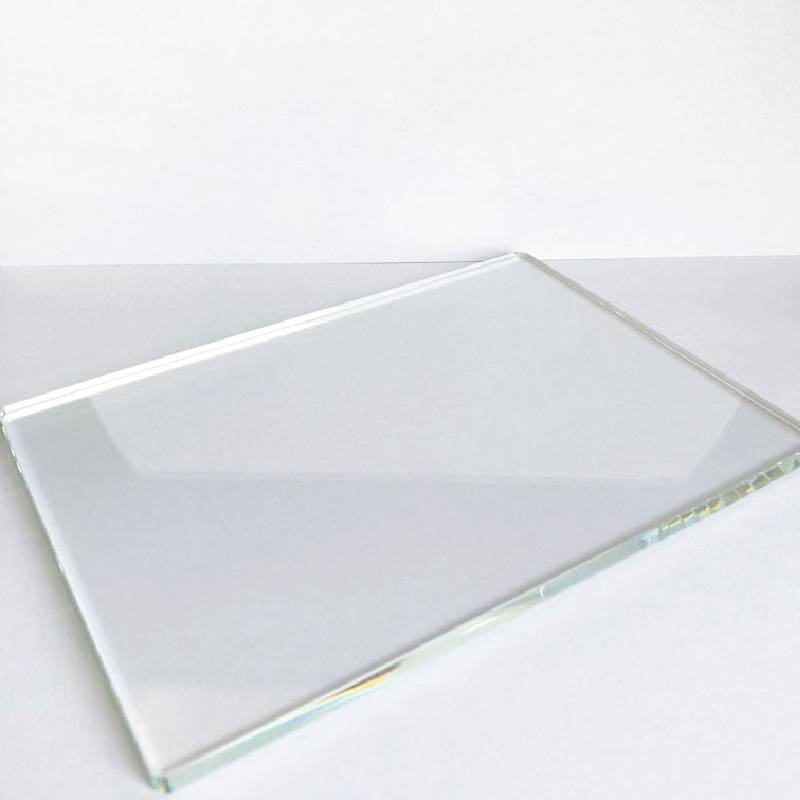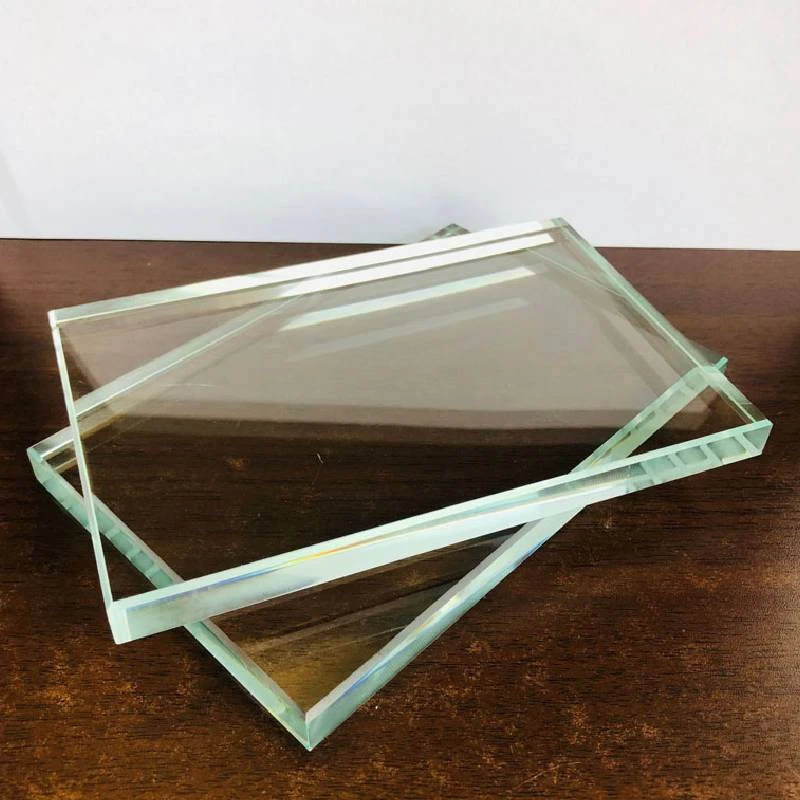Revolutionizing Construction with the Cutting-Edge Float Glass Manufacturing Process

The float glass manufacturing process has carved a significant niche in modern construction and various industries due to its precision and efficiency. This method, which has been refined over decades, is pivotal in producing high-quality glass used in architectural marvels and auto industries. A deep dive into this process sheds light on the expertise, experience, and authority behind its application, which ensures credibility and trust in its results.
Float glass manufacturing, a method first developed by Sir Alastair Pilkington in the late 1950s, revolutionized the glass industry. Unlike traditional methods that left ripples and distortions, the float process guarantees smooth, clear, and high-strength glass. This innovation begins with raw materials, primarily silica sand, soda ash, and limestone, that undergo careful selection to ensure the highest quality. These materials are meticulously mixed and heated to about 1700 degrees Celsius in a furnace.

The molten glass then enters the float bath—an integral part of the process—where it is poured onto a bed of molten tin. This stage is crucial, as the glass floats effortlessly on the denser tin, achieving unparalleled smoothness and uniform thickness. By maintaining the tin at a carefully controlled temperature of approximately 1000 degrees Celsius and modifying the glass composition, manufacturers achieve various thicknesses ranging typically from 2mm to 25mm.
Expertise in temperature control and chemical composition is vital in this phase, as even slight deviations can lead to imperfections or defects.
The mastery involved in this precision is what sets manufacturers apart. Furthermore, the float process's unique capability to produce glass of different thicknesses without polishing or grinding enhances its desirability in the construction industry, emphasizing the expertise it embeds.
Once the glass exits the float bath, it enters an annealing lehr that gradually cools the glass to relieve internal stresses—a process called annealing. This stage reinforces the glass, enhancing its strength and resistance to thermal stress and impact. Professionals in this field leverage their authoritative knowledge to ensure the glass meets safety standards, which is crucial for its application in load-bearing or high-risk installation areas.
float glass manufacturing process
Float glass's superior quality and clarity have found applications beyond mere architectural beauty. The automotive industry relies on its precision for windshields and windows, which require flawless visual clarity and impact resistance. This broad application scope underscores the process's authoritative presence in advanced manufacturing sectors.
The innovativeness of float glass also extends to energy efficiency. Modern techniques have allowed manufacturers to coat float glass with materials that reflect infrared radiation, aiding in thermal insulation. This adaptation enhances the float glass's functional properties, making it an essential component in constructing energy-efficient buildings and vehicles—showcasing the industry's trustworthiness in advancing sustainable solutions.
As global standards evolve, the float glass manufacturing process continually adapts, promising advancements in quality and eco-friendliness. Its role in producing tinted, laminated, and toughened glass demonstrates the industry’s dedication to meeting emergent architectural and environmental needs. These advancements speak to the industry's ongoing commitment to innovation, aligning with market trends and regulatory demands without compromising its core values of expertise and excellence.
The credibility of float glass is further enhanced by rigorous testing and quality control measures undertaken by manufacturers. Industry leaders employ cutting-edge technology and seasoned professionals to monitor every step from raw material selection to final inspection. Such meticulousness assures clients and partners of a product that not only meets but often exceeds international quality standards.
In conclusion, the float glass manufacturing process exemplifies a blend of experience, expertise, authoritativeness, and trustworthiness. Its broad applicability redefines possibilities in construction and industrial designs, and its evolutionary path points toward a future where glass, a once-fragile material, becomes an indispensable component of modern engineering breakthroughs. For architects, engineers, and manufacturers alike, embracing the float glass process is synonymous with endorsing quality, reliability, and sustainability.
 Afrikaans
Afrikaans  Albanian
Albanian  Amharic
Amharic  Arabic
Arabic  Armenian
Armenian  Azerbaijani
Azerbaijani  Basque
Basque  Belarusian
Belarusian  Bengali
Bengali  Bosnian
Bosnian  Bulgarian
Bulgarian  Catalan
Catalan  Cebuano
Cebuano  Corsican
Corsican  Croatian
Croatian  Czech
Czech  Danish
Danish  Dutch
Dutch  English
English  Esperanto
Esperanto  Estonian
Estonian  Finnish
Finnish  French
French  Frisian
Frisian  Galician
Galician  Georgian
Georgian  German
German  Greek
Greek  Gujarati
Gujarati  Haitian Creole
Haitian Creole  hausa
hausa  hawaiian
hawaiian  Hebrew
Hebrew  Hindi
Hindi  Miao
Miao  Hungarian
Hungarian  Icelandic
Icelandic  igbo
igbo  Indonesian
Indonesian  irish
irish  Italian
Italian  Japanese
Japanese  Javanese
Javanese  Kannada
Kannada  kazakh
kazakh  Khmer
Khmer  Rwandese
Rwandese  Korean
Korean  Kurdish
Kurdish  Kyrgyz
Kyrgyz  Lao
Lao  Latin
Latin  Latvian
Latvian  Lithuanian
Lithuanian  Luxembourgish
Luxembourgish  Macedonian
Macedonian  Malgashi
Malgashi  Malay
Malay  Malayalam
Malayalam  Maltese
Maltese  Maori
Maori  Marathi
Marathi  Mongolian
Mongolian  Myanmar
Myanmar  Nepali
Nepali  Norwegian
Norwegian  Norwegian
Norwegian  Occitan
Occitan  Pashto
Pashto  Persian
Persian  Polish
Polish  Portuguese
Portuguese  Punjabi
Punjabi  Romanian
Romanian  Russian
Russian  Samoan
Samoan  Scottish Gaelic
Scottish Gaelic  Serbian
Serbian  Sesotho
Sesotho  Shona
Shona  Sindhi
Sindhi  Sinhala
Sinhala  Slovak
Slovak  Slovenian
Slovenian  Somali
Somali  Spanish
Spanish  Sundanese
Sundanese  Swahili
Swahili  Swedish
Swedish  Tagalog
Tagalog  Tajik
Tajik  Tamil
Tamil  Tatar
Tatar  Telugu
Telugu  Thai
Thai  Turkish
Turkish  Turkmen
Turkmen  Ukrainian
Ukrainian  Urdu
Urdu  Uighur
Uighur  Uzbek
Uzbek  Vietnamese
Vietnamese  Welsh
Welsh  Bantu
Bantu  Yiddish
Yiddish  Yoruba
Yoruba  Zulu
Zulu 


